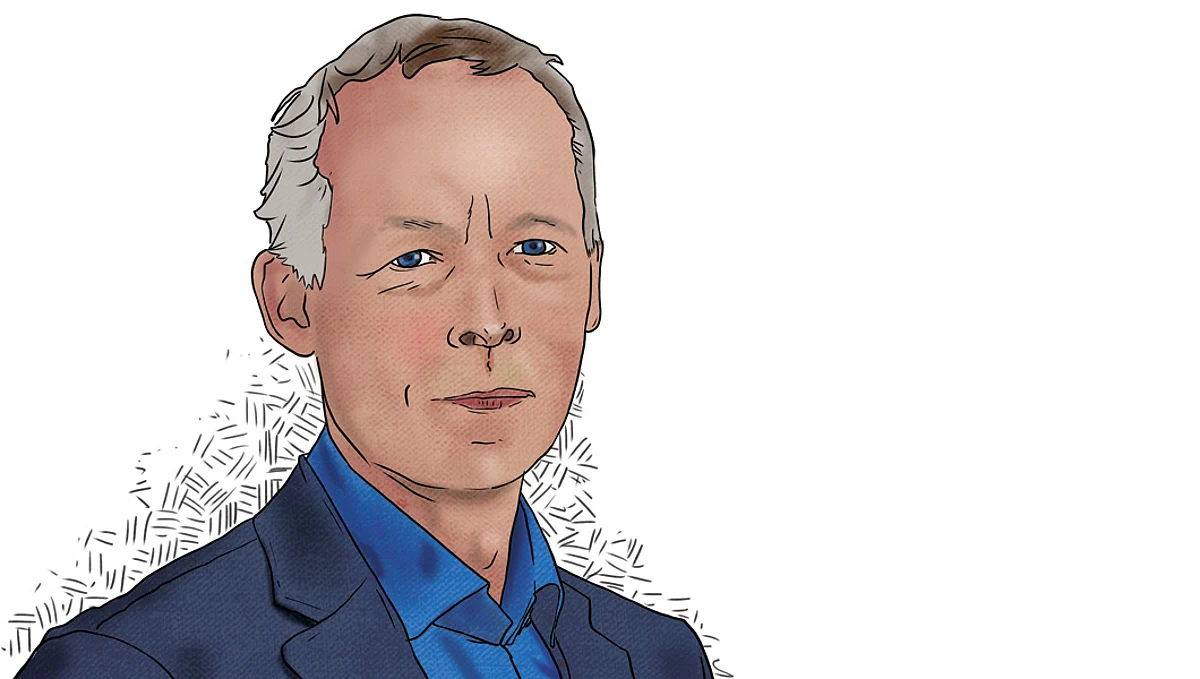Warming has been largely linear so far. The rise in temperature is already translating to more frequent and intense droughts, floods, heatwaves, wildfires, disease patterns and stronger, human-reinforced storms. This forms the basis for declaring a climate crisis. Now in that journey, the planet itself is governed by biological, chemical and physical processes that have been dampening the impact of this stress. For instance, the oceans absorb about 90 per cent of the excess heat generated by fossil fuel burning and around 25 per cent of the carbon dioxide. Forests and other terrestrial ecosystems take up another 25 per cent. Even the melting of ice in the Arctic, Antarctic and Himalayan glaciers consumes about 4 per cent of that heat. In fact, only about 1 per cent of the heat we produce remains in the atmosphere, which is driving the climate crisis. The key concern is, what happens if the planet is no longer dampening and reducing the impacts of climate change, but rather self-enforcing them—releasing more methane, nitrous oxide, carbon from trees and soils, or heat from oceans. This would be the “tipping point”, or the point at which we cross the critical threshold from where the planet shifts from helping to stabilise the climate to actually reinforcing the warming trend.
The Greenland ice sheet, the Atlantic Meridional Overturning Circulation (AMOC) and the Amazon rainforest currently play roles that help cool the planet. But if these systems cross a tipping point, their internal feedbacks reverse—instead of absorbing carbon or heat, they start emitting carbon or releasing heat, accelerating climate change.
